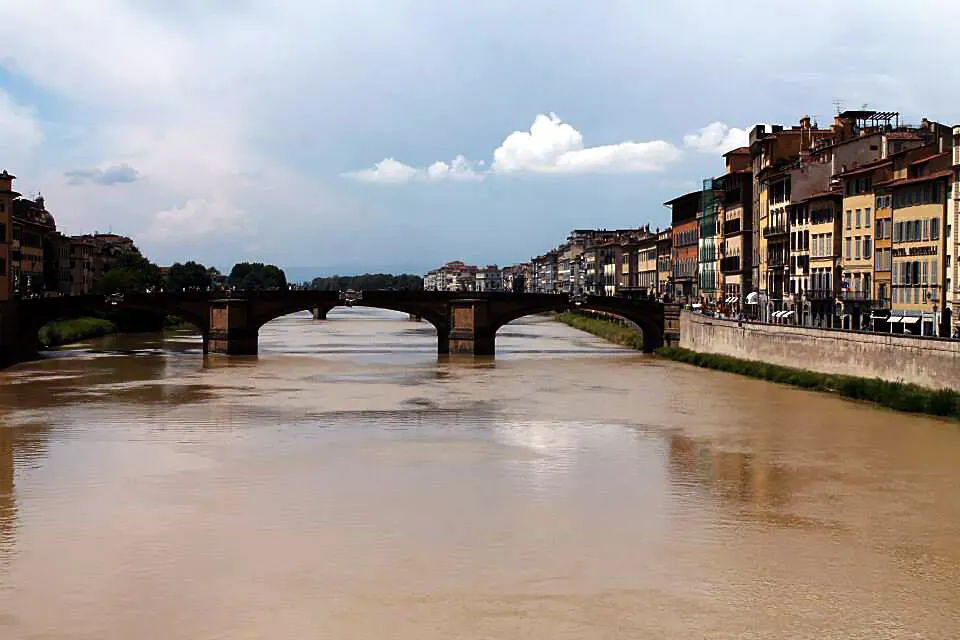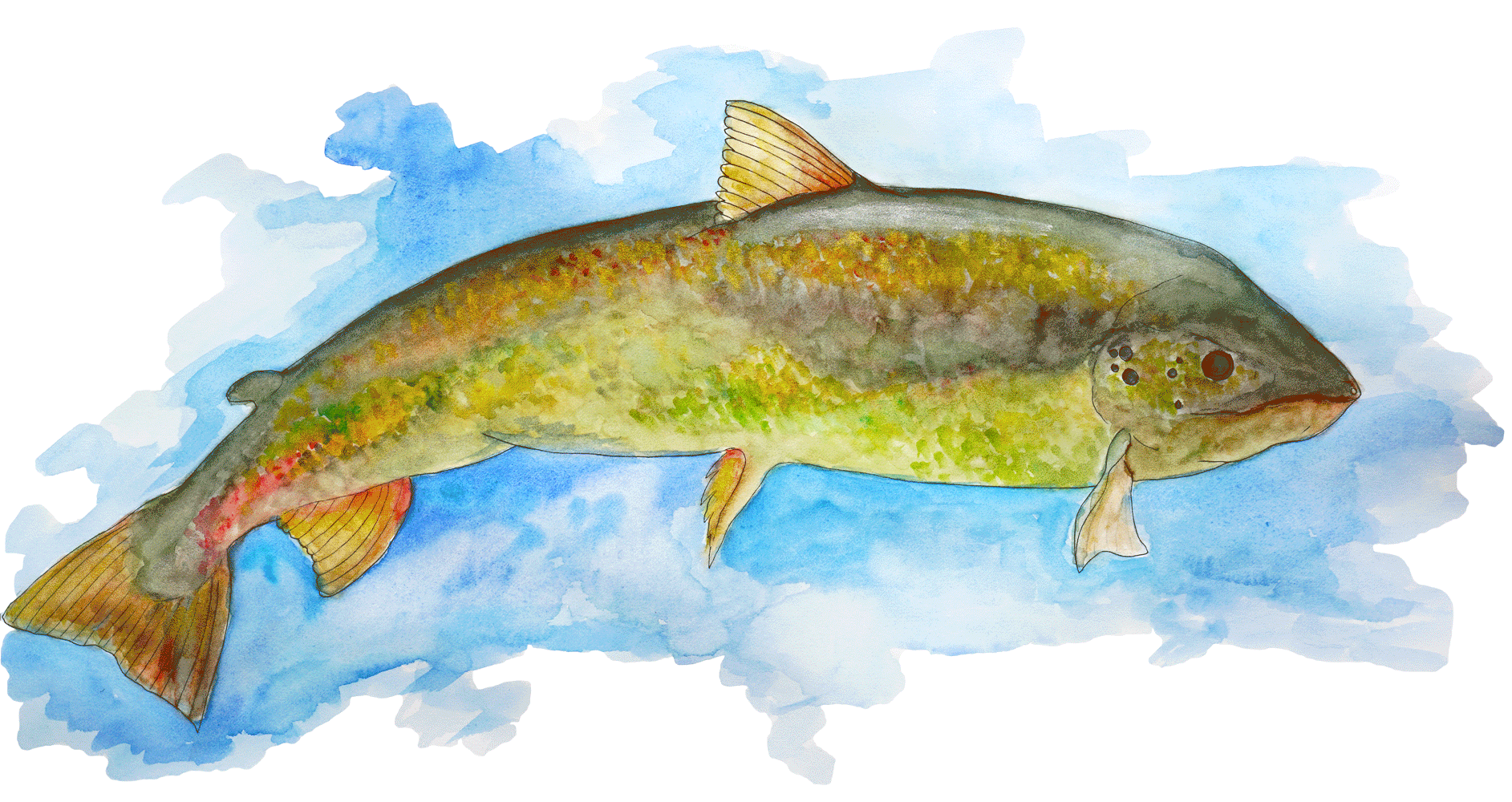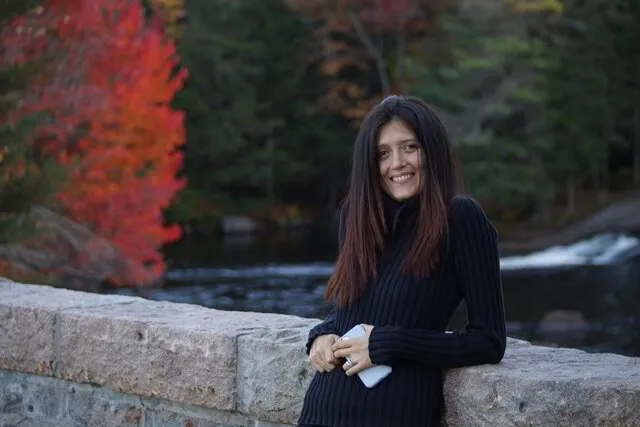BLaKE LaVIA
The Nikentsà:ke / Grasse River & the Arno River
My name is Blake, and I am part of Talking Wings, the storytelling collective that is organizing the North Country Rights of Nature Symposium. I live on the banks of the Nikentsà:ke / Grasse River, in the settler community of Madrid, New York (in the territory of the Kanien’keha:ka / Mohawk people, the original stewards of this land and water). However, I grew up on the other side of the Atlantic, in the “long boot” peninsula called Italy. There were no rivers close to my childhood home, just soft hillsides covered in olive trees and vineyards. The closest waterways were eaten by cities. The nearest were the Arno river, the Bisenzio and the Ombrone, its tributaries. These rivers saw centuries of civilizations develop along their banks and have suffered exploitation for millennia. They still host the old medieval towns, which have now grown and merged into one single urban and industrial metropolis.
In my early years, these rivers didn’t form part of my life. I grew up in the countryside, and I usually interacted with small streams, tiny waterfalls, and natural springs. The Arno and its tributaries where part of the urban setting. They belong to the cities, and I was never very fond of cities. They were also brown, and it was widely known that the water was dirty, polluted. The rivers were providing people with a scenic view, a picturesque postcard and nothing else.
When I moved to a settler community in Upstate New York (Kanien’keha:ka / Mohawk territory), I found myself surrounded by water. I had never seen so much freshwater in my life. Immense rivers that looked like seas formed the Kaniatarowanénhne / St. Lawrence River watershed. There were also lakes, more than I could count, in the Adirondacks mountains. The most formidable part was that people, everyday people, had access to those rivers and lakes.
People go swimming, canoeing, white water rafting, boating and get to experience so many other river/lake activities. In Italy, I only went once on a tiny boat on the Arno, when they still rented them out to the public. My father told me it wasn’t a good idea to touch the water, and that large rats lived in the river. These rats, if given the opportunity, would eat your fingers. We weren’t allowed to connect to the life of the river. It was almost an enemy, a weird entity that could harm you with its dangerous wildlife or the pollutants we humans dumped in it.
Moving to Turtle Island (North America), my relationship to water and rivers changed completely. Even with the extensive travels I had done before, in Italy and in Europe (swimming in mountain streams at high elevations, where the water is still pure) I hadn’t been prepared for what waited for me in what settler communities called the North Country. The North Country’s natural landscapes seemed an intact paradise, where wildlife was allowed to exist, and where humans and animals appeared to coexist in harmony.
It took me a while, but as the years passed, I started to notice and recognized birds and mammals that lived and thrived in these waters. I began to appreciate what was meant by water is life. Living in the North Country also allowed me to see the wildlife that lives by the rivers in Italy. An entire world that, somehow, I had never noticed before. The last time I went back, driving by the banks of the Bisenzio, I noticed birds for the first time. Initially, I thought that they had never been there. Then, I realized I had been blind. I had never learned to see them.
It takes time to learn and understand the history of a region. Yet, as the years passed, I understood that the waterways of northern New York are not as clean and pristine as they seem. People and wildlife are constantly threatened by manure runoff from industrial dairy farm operations. The Nikentsà:ke / Grasse River is one of the most polluted rivers in the Northeast. PCBs and other forever toxic chemicals have poisoned its confluence with the Kaniatarowanénhne/ St. Lawrence River. The realization was horrifying. Not only because the environmental racism perpetrated by corporations has compromised the health of the Akwesasne Mohawk Community, but also because we’re on the outskirts of the Great Lakes region. Most of the world’s freshwater flows by our doorstep, contaminated by our carelessness.
This is why I stand in solidarity with rivers. I grew up amidst choked waterways, and I now see immense bodies of water threatened. Water knows no boundaries. It knows no nations. Water is the blood of the world, and rivers are the veins where this blood flows. Water gives life to people, but also to so many other creatures. We, the people, need to recognize that these ecosystems hold a “right of standing,” just as much as we do. These waterways have the right to live free, unexploited, and unenslaved.
We, humans, need to recognize that the rivers of the world provide all living beings with livelihoods and flourishing environments. We need to shift the focus away from us and see these bodies of water as living entities. Rivers are not our recreational facilities. Fishing and canoeing are not the reasons why we should want to protect them. Having a house by the river isn’t the only reason to protect water. Rivers have their own agency, just like all the species that live in them and through them.
It’s our collective responsibility to shift the paradigm. It’s our collective effort that can change society and give agency to the natural world that we have enslaved. It is this paradigm shift that will ensure a future for us and the next generations. It is this shift of perspective, from anthropocentric to eccentric, that will ensure there is a “livable planet” in the decades to come. The rivers and the freshwater of this world keep us and many other species alive. It is time we understand what that means, and act accordingly.




